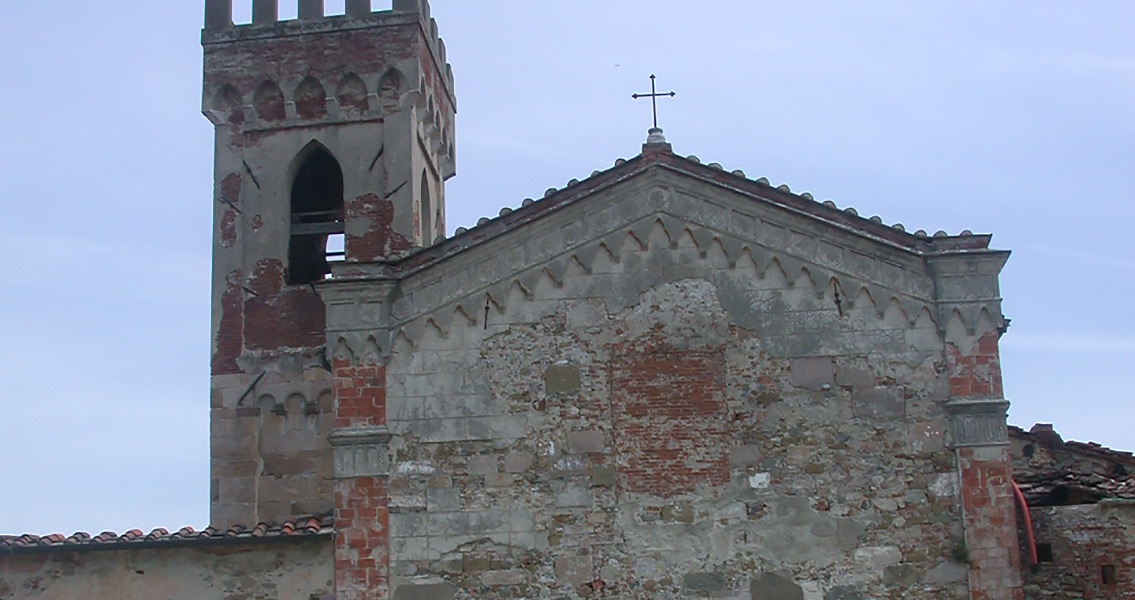<![CDATA[A graveyard in Italy could hold important clues about cholera outbreaks. A team of archaeologists and researchers are currently excavating the cemetery surrounding the abandoned Badia Pozzeveri Church, in the east of the ancient city of Lucca, Tuscany, Italy. The graveyard contains the victims of a cholera epidemic which had hit the area in the 1850s. Excavations at the Badia Pozzeveri, led by Clark Spencer Larsen, Professor of Anthropology at Ohio State University, have been focused on one particular section of the graveyard which was used specifically for those who had died of cholera. "To our knowledge, these are the best preserved remains of cholera victims of this time period ever found," Larsen told the annual meeting of the American Association for the Advancement of Science recently. "We're very excited about what we may be able to learn." It is hoped that by discovering traces of the pathogen that caused cholera among humans in the remains, information could be revealed about how people lived and died in this region of Tuscany. Cholera victims were often hastily buried and covered in lime; researchers believe the use of lime shows that local residents were attempting to stem the spread of the disease. The lime has since hardened like concrete, completely enclosing the bodies. "But the lime encasing is pretty amazing for bone preservation, too, " Larsen said. It is not only bones which have been well-preserved, however. The lime has trapped soil around the bodies which contains the DNA of bacteria and other organisms from the time. Hendrik Poinar, Professor at McMaster University in Hamilton, Canada, is currently analysing soil samples for evidence of DNA from Virbrio cholera, the bacterium which caused the cholera disease. "If we found the DNA we could see how cholera has evolved and compare it to what the bacteria is like today. That's the first step to possibly finding a cure," Larsen said. The cemetery holds an abundance of valuable information, which is not limited to the cholera epidemic in the mid-nineteenth century. A monastery was founded on the site of Badia Pozzeveri in 1056. After the monastery was abandoned in 1408, a church replaced it until the site was totally abandoned about 50 years ago. Many different cemeteries from different periods of history surround the ruins of Badia Pozzeveri. Also in the cemeteries are people who died during the Black Death pandemic which devastated Europe from 1346 to 1353. Many of the graves are of people who died of natural causes, but these can still offer clues about the past. "We have a thousand-year window into the health of this village," Larsen said. "It is a microcosm of what is happening in Italy and all of Europe during this time frame... What we are trying to do is... to get a glimpse about what [people's] day-to-day lives were like and what their health was like, as well as how they died." Archaeologists can learn a huge amount about a historical population from cemeteries. Excavations at Badia Pozzeveri provide us with information about hundreds of years worth of human activity in the area. For more information: http://news.osu.edu/news/2015/02/15/an-italian-cemetery-may-provide-clues-on-cholera%E2%80%99s-evolution/ Image courtesy of Wikimedia commons user: Magnus Manske]]>
Italian Graveyard Offers Clues about Cholera
